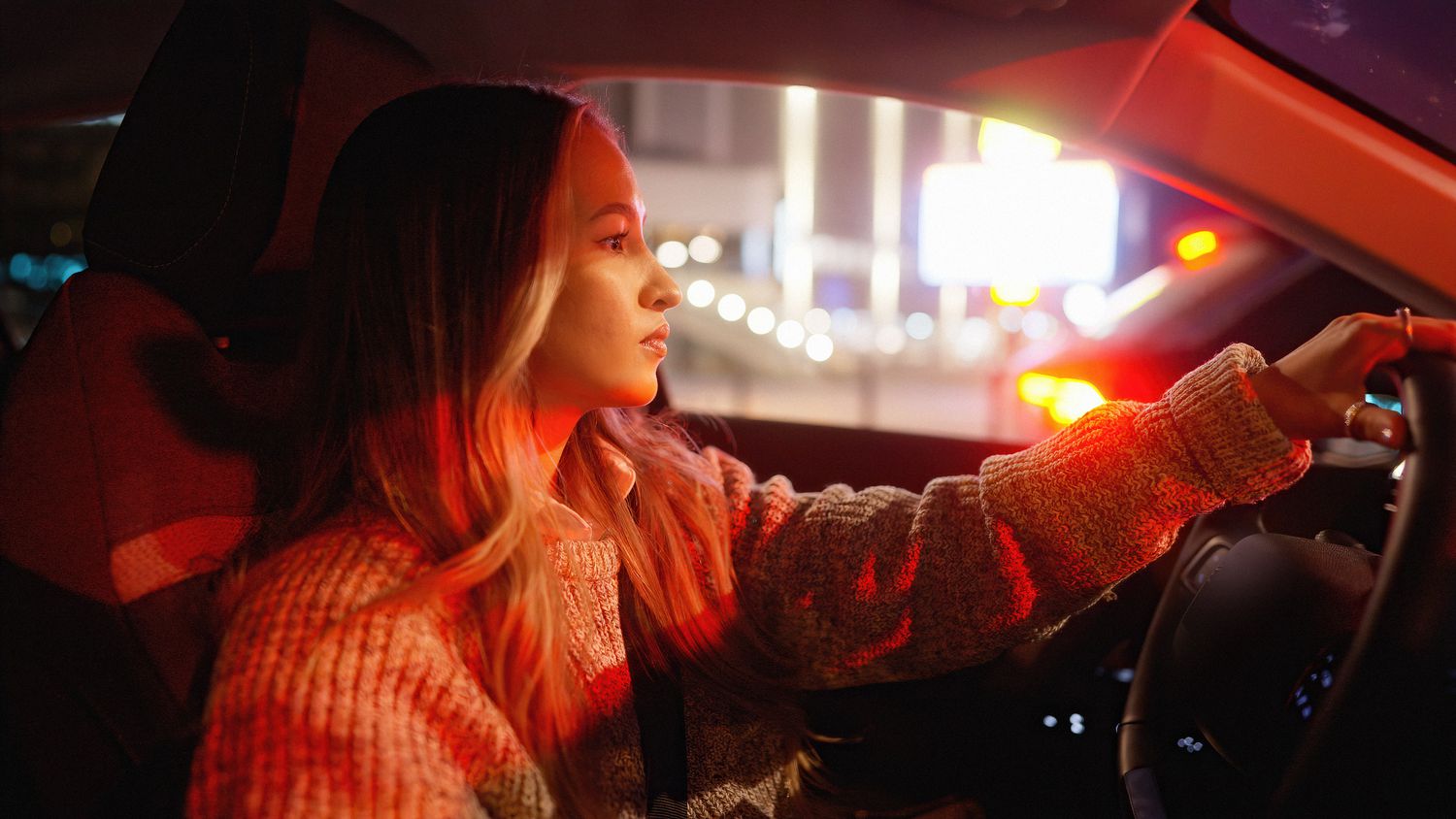Experts Suggest These Driving Safety Tips to Minimize the Impact of Holiday Lights on Astigmatism

The festive season could present a unique challenge for individuals with astigmatism.
There's no better way to get into the festive spirit than witnessing a plethora of lighting and decorations. But a single factor could potentially ruin your festive cheer: nighttime driving with astigmatism.
Astigmatism is a condition marked by an imperfection in the eye's curvature, causing vision to blur. This condition is a refractive error type, and 150 million Americans suffer from some form of refractive error.
James Kelly, MD, an NYC and Long Island-based ophthalmologist, stated that festive lights could adversely affect individuals with astigmatism because of how light refracts in their eyes.
He further defined astigmatism as a common eye issue where the cornea or lens is irregularly shaped. This causes light rays to refract unevenly, leading to blurred or distorted vision.
Astigmatic patients may perceive festive lights as blurred or extended starbursts, says Jennifer L. Stone, OD, a Baltimore-based optometrist.
She further explains that this glare can interfere with the sharp details of their vision and affect both distant and near objects.
It's essential to acknowledge the different astigmatism levels, and many individuals experience little to no symptoms of this common health condition.
Timothy McCulley, MD, ophthalmology professor and chair at UTHealth Houston, says uncorrected astigmatism might cause additional glare with any lights, including festive lights.
Here are some ways festive lights could escalate risks for individuals with astigmatism, along with some safety tips for nighttime driving during the holiday season.
With more lights during this period of the year, there may be more health concerns for people with astigmatism.
Kelly pointed out that the first concern is increased glare.
With numerous bright holiday lights, glare is common, which can be more noticeable and distracting for people with astigmatism, potentially affecting their road vision.
Kelly explained that astigmatism is already associated with "dizzying" or "shaky" vision in more serious cases. When festive lights have a moving or flashing element, it could be even more disruptive to the eye, potentially causing accidents or distractions on the road.
In addition, halos and starbursts around lights can make it challenging to differentiate between different lights like traffic lights, street lamps, and festive lights.
High-contrast lights (like vivid festive colors) can also make it difficult to notice critical traffic light signs. Wet roads that cause reflections can exacerbate this condition—these reflections can distort vision and increase glare.
"To minimize these risks, those with astigmatism should ensure they have the right glasses or contact lens prescriptions, consider anti-reflective coatings for their eyewear, and be extra careful when driving at night in heavily decorated areas," Kelly suggested.
The additional visual challenges from festive lights could lead to eye strain and fatigue quicker for drivers with astigmatism. This can potentially impact their focus and reaction times at the wheel.
"If the visual disturbances are substantial, it might be safer to avoid nighttime driving under these conditions or to take alternate routes that avoid the decorations," added Kelly.
People with visual impairments or concerns, especially when driving at night with extra lights, should be cognizant of some safety tips.
Kelly recommends astigmatic patients prioritize the following things:
People with vision conditions should understand how their specific vision issues affect their night driving. Conditions like astigmatism, myopia (shortsightedness), presbyopia (age-linked farsightedness), and cataracts can all impact your ability to clearly see in low-light conditions.
Kelly emphasized the importance of routine check-ups with an eye care professional. This enables them to get current prescriptions and receive personal advice on the best practices for nighttime driving.
Ensuring your eyewear is up-to-date is essential for safety, regardless of whether or not you have astigmatism.
"If eyeglasses have been prescribed, ensure they are in good condition and use them in high-glare situations," mentioned Stone.
Apart from glasses, if you wear contact lenses, ensure they're not causing you dry eye, or manage dry eye with the correct drops. Using the wrong treatment could further impede your vision.
With the understanding that holiday lights can worsen driving environments, it’s important to remain aware of the decreased visibility and prioritize increased reaction times. Increase the distance between your car and the one in front of you to ensure you have ample time to react.
In addition to adjusting your driving habits, you should minimize internal distractions in your car like bright dashboard lights, screens, and loud music. Stone recommends people turn down the console brightness, as well as extra devices and interior lights.
This helps you focus more on the road and the environment around you.
Ensuring your windshield, windows, and headlights are clean can go a long way in staying safe while driving, too. Dirt or grime can exacerbate glare and reduce visibility.
“Ensure that your windshield is clean, inside and out to reduce grimy reflections and eliminate extra sources of glare from within the vehicle,” Stone said.
If you’re feeling eye strain or fatigue, it is important to take a break. Driving with tired or strained eyes can significantly impair your ability to react quickly.
If you feel that your vision significantly impairs your ability to drive safely at night, especially with the added distraction of holiday lights, it might be best to avoid driving under these conditions.
Also, keep in mind that “the average astigmatism is not apt to cause much glare. If glare is an issue, it’s more likely to be cataracts,” said McCulley. “If you don’t feel safe driving, it’s best not to.”




